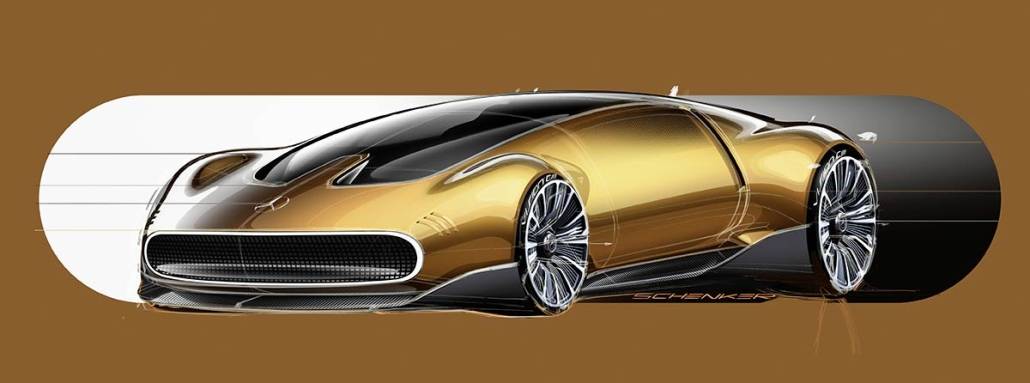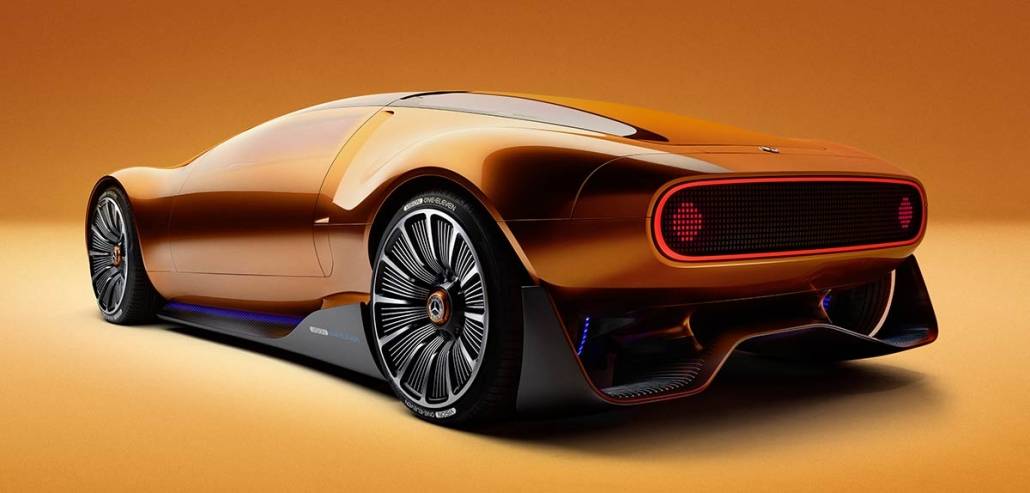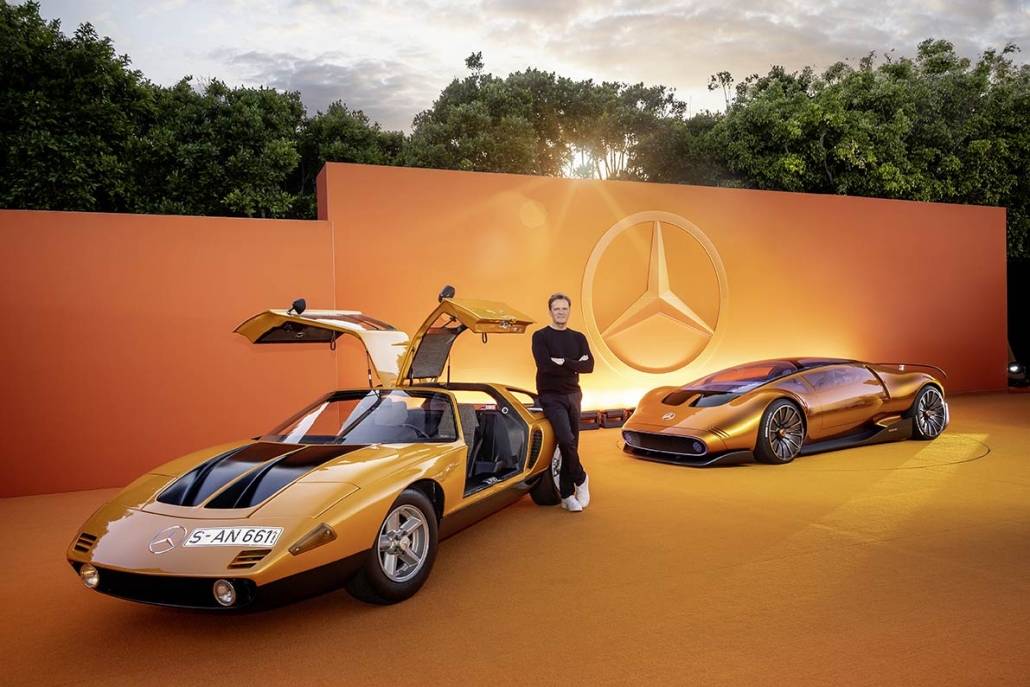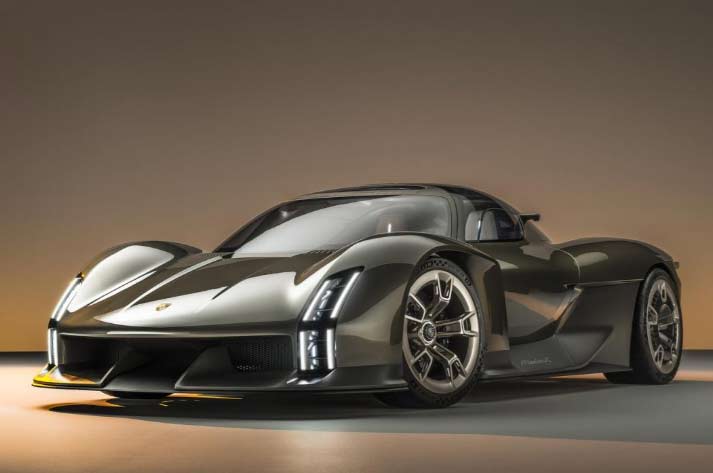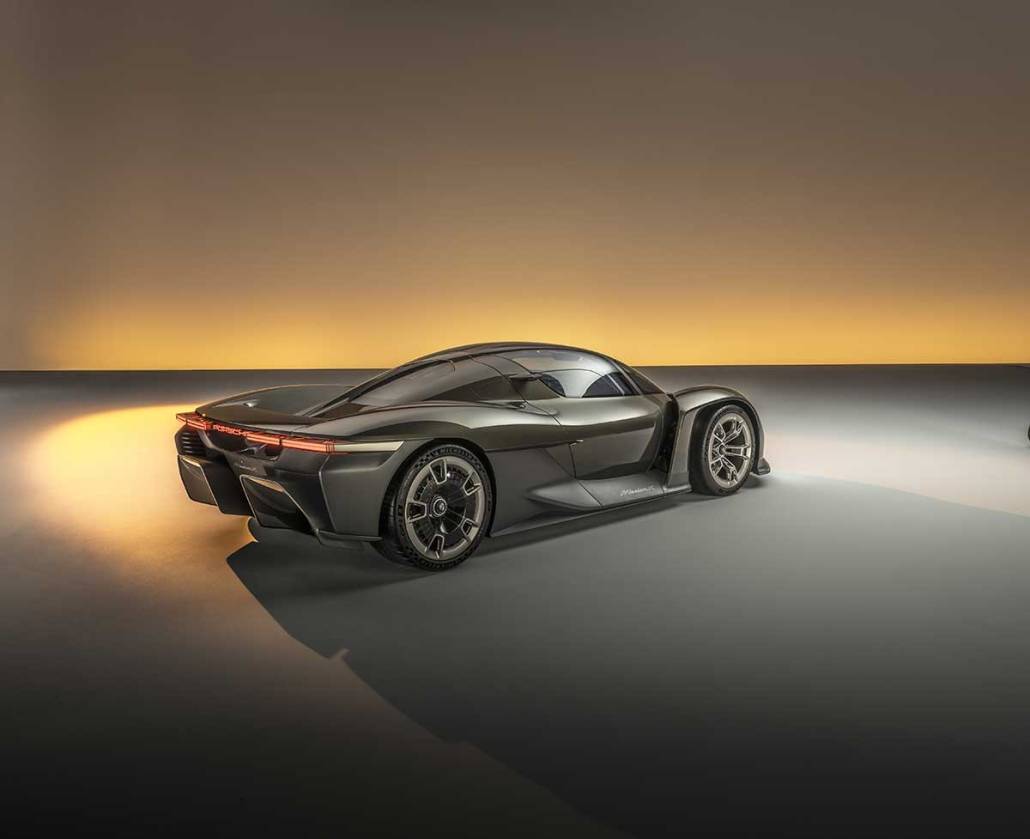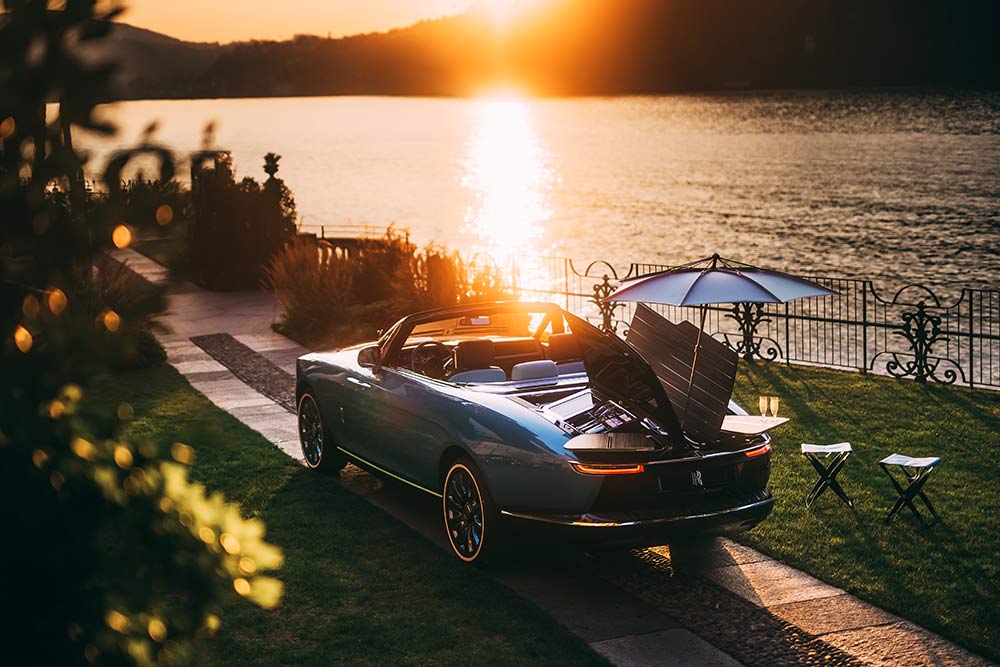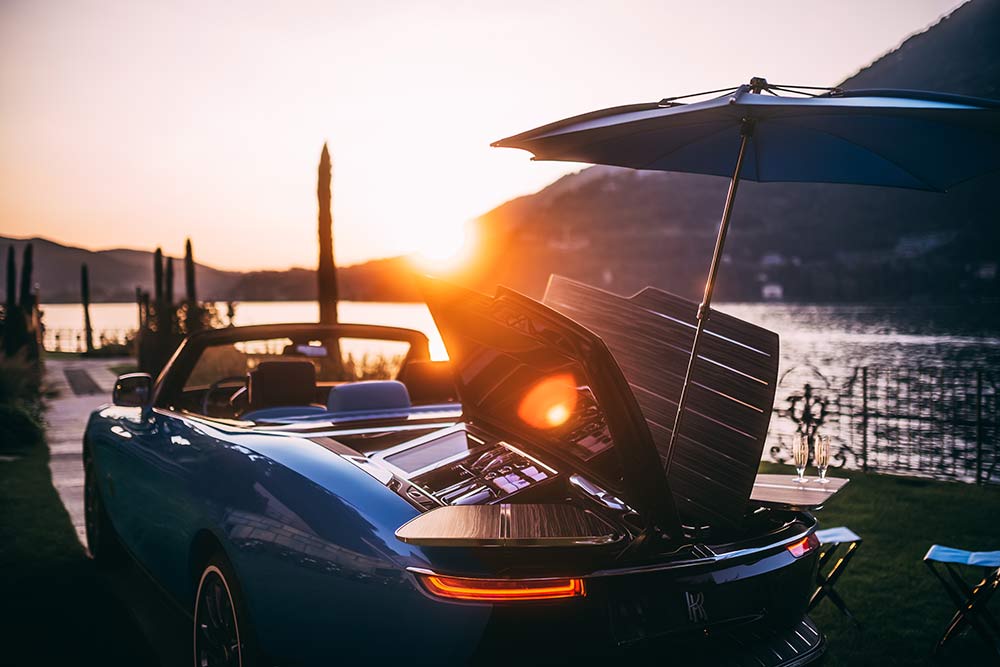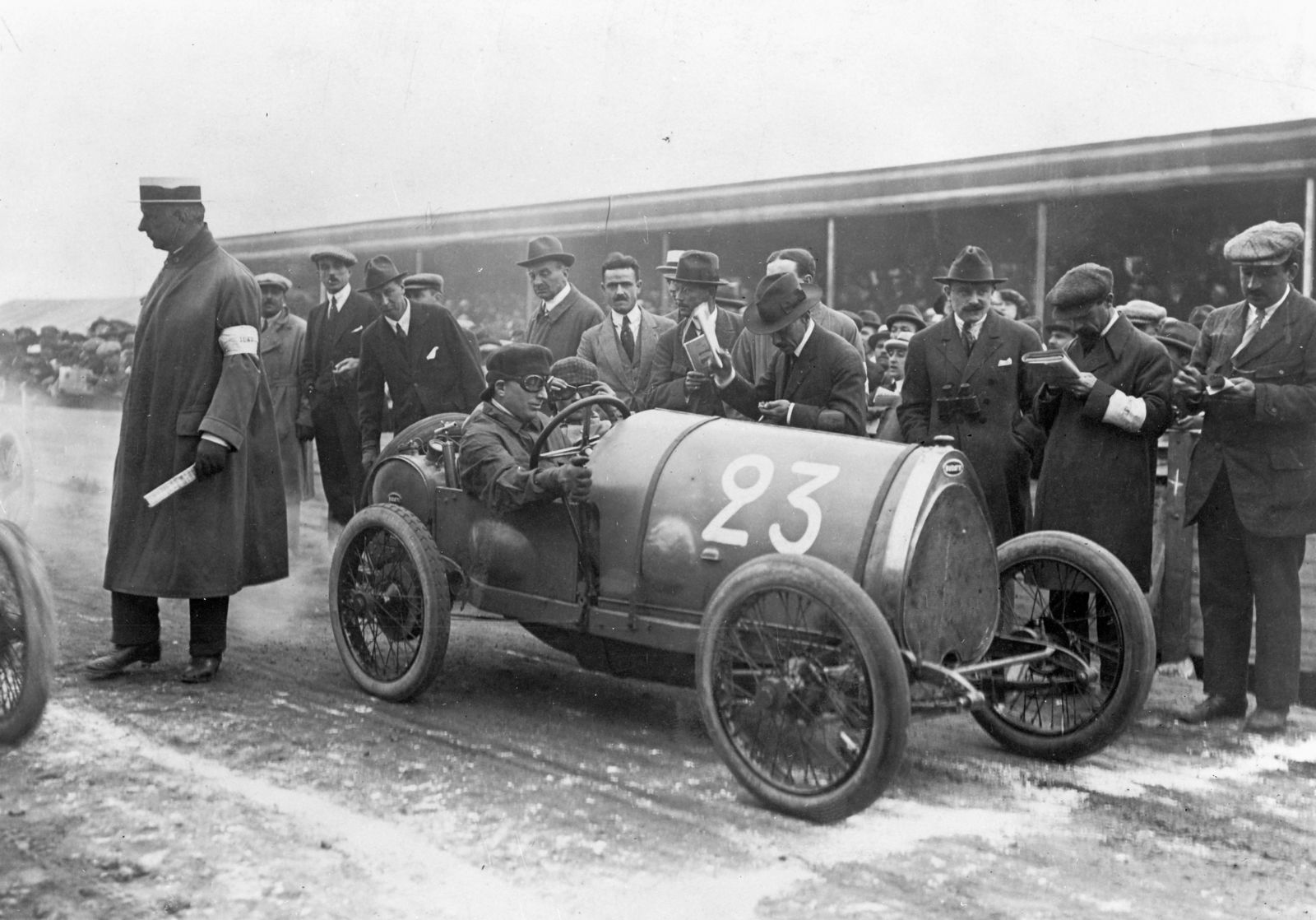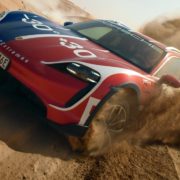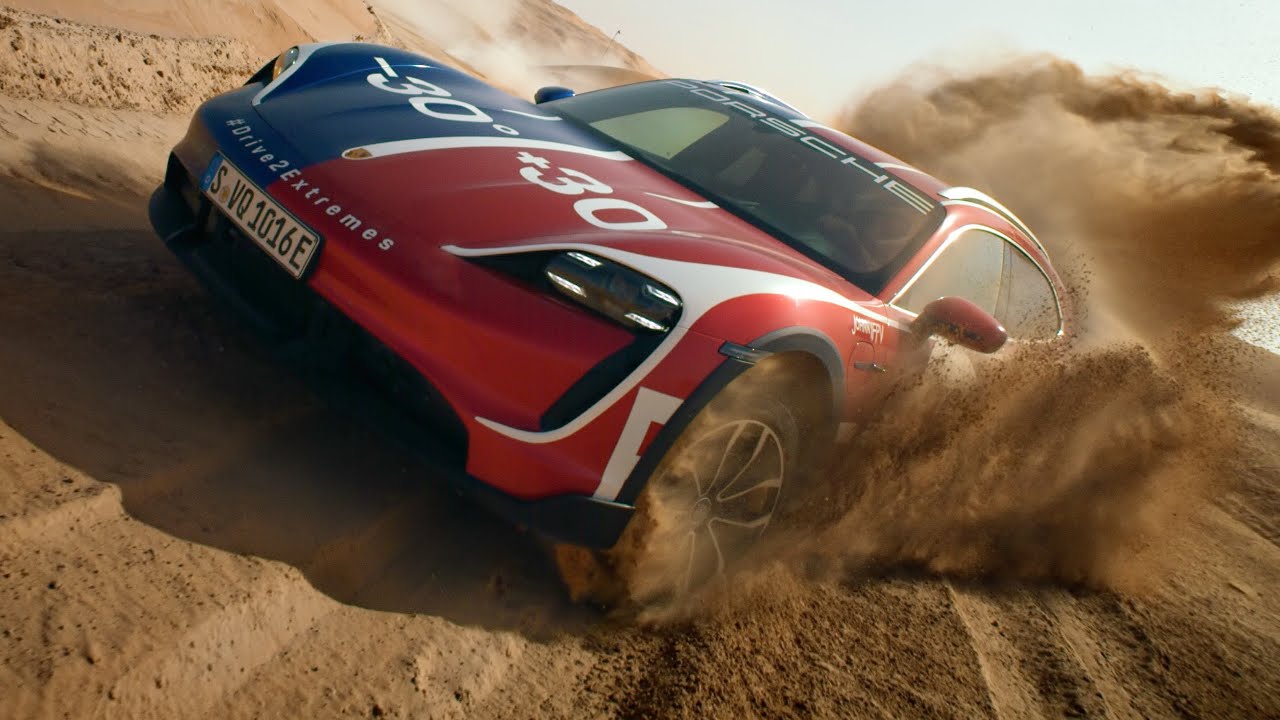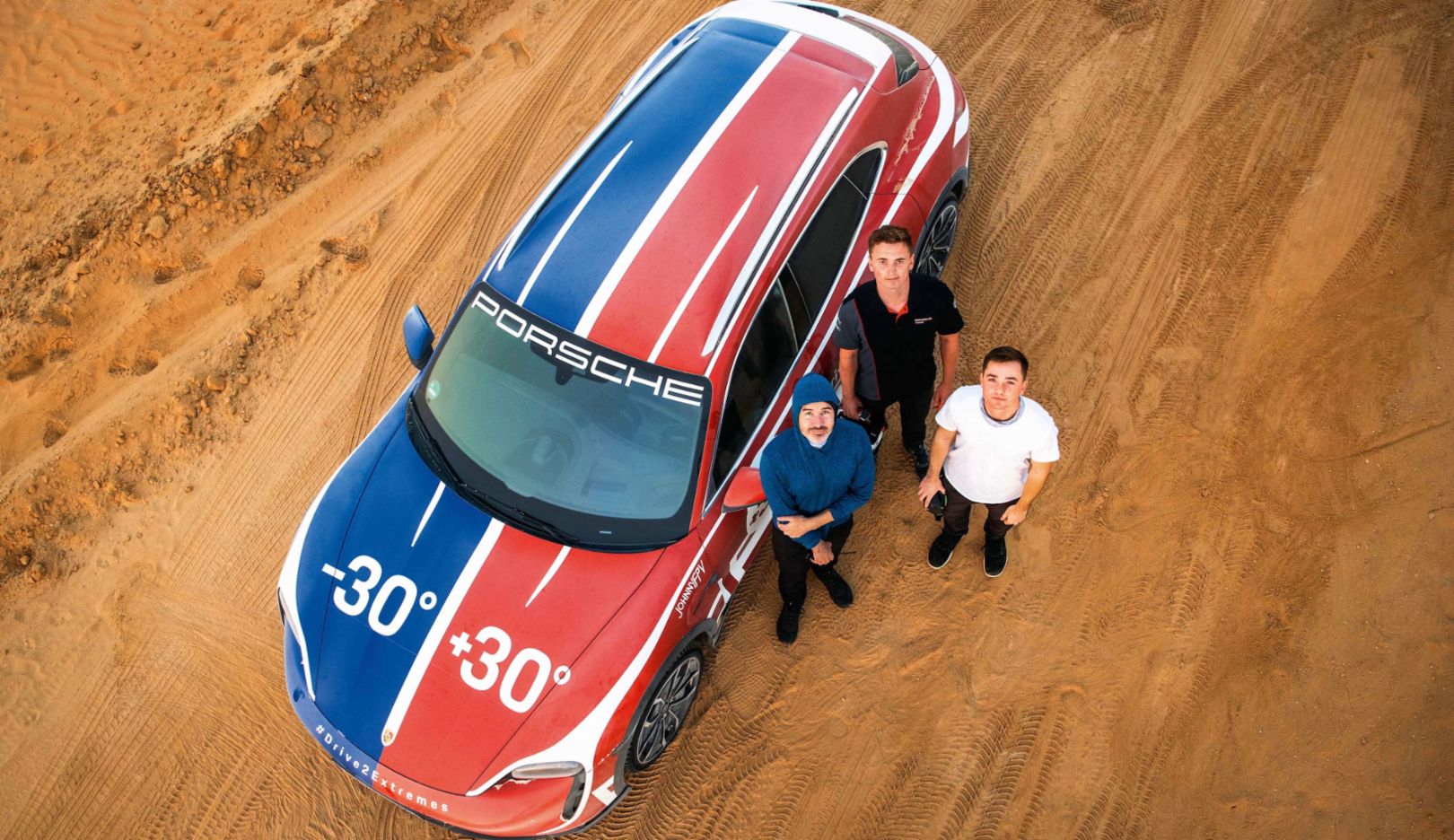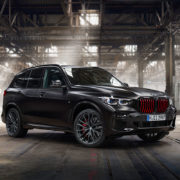- Rolls-Royce collaborates with Swiss master horologists BOVET 1822 to create unique timepieces for first Boat Tail coachbuilt commission
- Pair of reversible tourbillon timepieces, each designed to be worn on the wrist, used as a table clock, pendant or pocket timepiece, or placed within the fascia as Boat Tail’s Timepiece
- Timepieces and dashboard holder took 3,000 hours to develop and manufacture
- Five-day power reserve and tourbillon mechanism ensure the timepieces keep perfect time when used as dashboard clocks
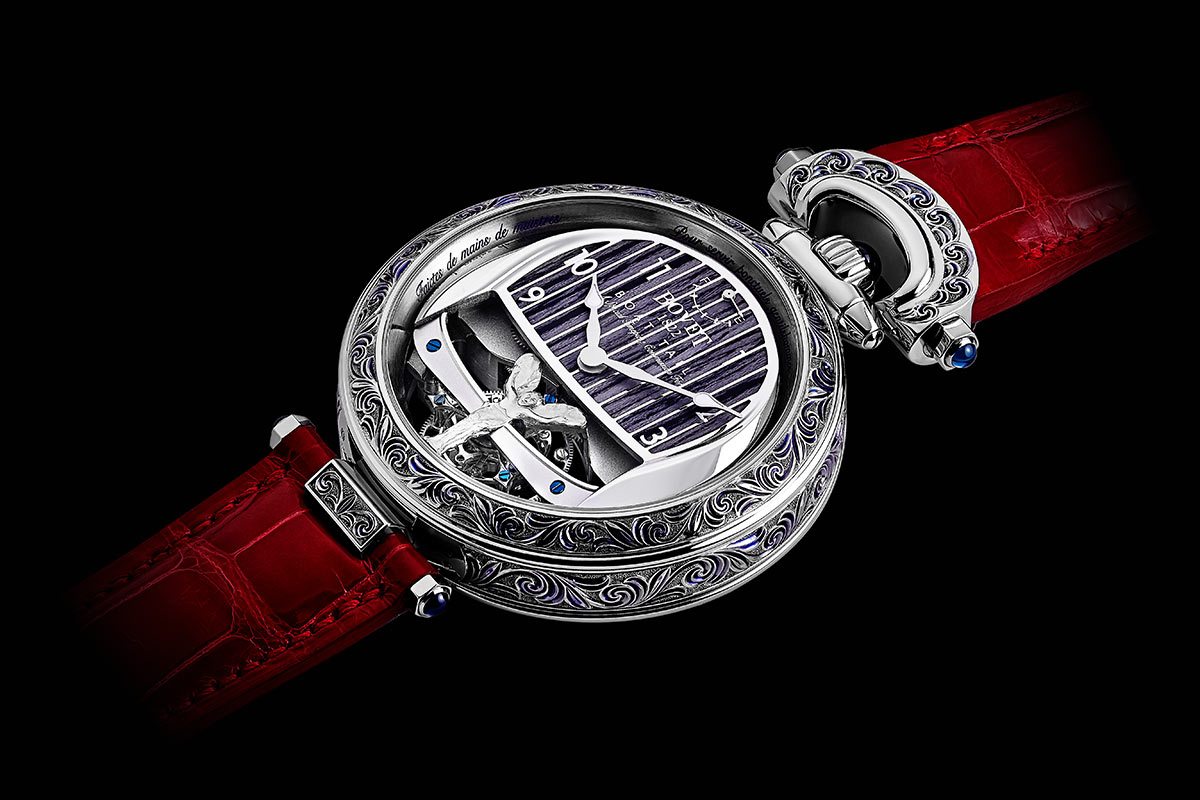
“Rolls-Royce Boat Tail is a pure expression of its owners’ interests, influences and passions, with every detail minutely considered. We have enjoyed working with BOVET 1822 to create a pair of exquisite timepieces that also serve as Boat Tail’s dashboard clocks. In doing so we have together created historically significant items of detail, precision, and beauty. These remarkable objets d’art, unique to the first iteration of Boat Tail, represent the finest examples of the skills and values shared by our two great luxury Houses.”
Torsten Müller-Ötvös, Chief Executive Officer, Rolls-Royce Motor Cars
“I am so proud of the BOVET 1822 team, who worked in tandem with their counterparts at Rolls-Royce to produce something truly spectacular. The owners of the coachbuilt car, and these bespoke timepieces, are personal friends, as well as valued collectors of BOVET 1822. It was important to do the very best for them – two completely unique pieces that are unlike anything we have ever done before.”
Pascal Raffy, Owner, BOVET 1822

A MOMENT IN TIME
The clock in a Rolls-Royce motor car frequently assumes a jewel-like status, often becoming a canvas for the client to tell the story of their commission in miniature. For Rolls-Royce Boat Tail, the recently unveiled, first of three, coachbuilt creations, in which every element has been created to the owners’ exact specifications, this iconic centrepiece has been elevated to new technical and aesthetic heights.
In a spirit of warm collaboration, Rolls-Royce Motor Cars and Swiss master watchmakers, BOVET 1822, have created a pair of unique timepieces for Boat Tail and its owners. This ambitious undertaking brought together designers, engineers and craftspeople from both luxury Houses, in a magnificent demonstration of their shared values of excellence, precision, heritage, artistry, innovation and attention to detail.
The timepieces are unique to both the horological and automotive worlds. Made as a pair – in lady’s and gentleman’s versions – they are reversible, and housed in BOVET 1822’s patented Amadeo case, which allows them to be worn on the wrist, or used as a table clock, pendant or pocket-watch, as well as being placed front and centre in Boat Tail’s fascia as the motor car’s own timepiece. Both are fitted with tourbillon mechanisms to ensure perfect accuracy.

IN KEEPING WITH TRADITION
BOVET 1822 initially earned its reputation making luxury pocket-watches for wealthy patrons in China; today, it is renowned worldwide for its exquisite timepieces featuring hand-painted dials, detailed engraving and finely finished visible mechanisms.
The timepieces, created for this first iteration of Boat Tail, have specially designed 18K white gold cases and feature matching front dials with the same Caleidolegno veneer found on the aft deck of Boat Tail itself, and are finished with the owner-couples’ names. The gentleman’s timepiece is highly polished; the lady’s is ornately engraved then filled with blue lacquer.
On the reverse side, the dials are more individual. The gentleman’s features an aventurine dial with the celestial arrangement of the night sky over the place of his birth on his birth date; the lady’s is decorated with an ornate miniature painting of a flower bouquet on a mother-of-pearl dial. This design is a traditional BOVET 1822 motif, chosen by and personalised for the owner.
Both reverse dials have hand-engraved Bespoke sculptures of Boat Tail, complete with wheels, door handle, mirrors and other fine details. By working closely together, the teams at Rolls-Royce and BOVET 1822 were able to achieve a precise colour match between the lacquer on this tiny work of art and the full-size motor car.
Further close cooperation was required to ensure the timepieces conformed to the demands of their unique role as motor car clocks. In watchmaking, weight is rarely an issue for a complex timepiece, but in this instance, there was a limit on the combined permissible weight of the timepieces and their holders. BOVET 1822 met this requirement by creating an entirely new 44mm white gold case. In addition, the timepieces and holders also had to be tested to automotive-industry standards for vibration and crash safety – something never previously undertaken on mechanisms of this kind.
At a conservative estimate, the timepieces’ design, engineering, sculptures, miniature painting, marquetry, bespoke movements and cases took a total of 3,000 hours to complete.

THE TRANSFORMATIVE TOURBILLON
When a pocket-watch is left static in one position for any length of time, the effect of gravity on key moving parts can impair its accuracy. At the end of the 18th Century, watchmakers solved this problem by developing the tourbillon, where the escapement and balance wheel are mounted in a cage that slowly revolves, cancelling out the gravitational effect. In a wristwatch, the wearer’s natural physical movements diminish the need for the tourbillon. However, when that same timepiece is mounted vertically in a car dashboard for many hours at a time, the tourbillon truly comes into its own.
BOVET 1822 is a specialist in tourbillion timepieces, for which it holds a number of patents and has received many awards including the Aiguille d’Or, watchmaking’s highest honour. It is also one of the only companies in the watch industry to manufacture its own spirals and regulating organs. To reduce potential impact from the vibration from the car, the tourbillon has pivots rather than the traditional ball bearings; a heavier balance wheel and an increased oscillation rate to aid precision. Finally, the tourbillon bridge is finished with a miniaturised Spirit of Ecstasy handcrafted in gold.
The timepieces have an astonishing five-day power reserve, rather than the 42-48 hours of a ‘standard’ watch, to allow for their role as motor car clocks.
DASHBOARD HOLDER MECHANISM: PERFECT PRECISION
The holder mechanism is unique to Rolls-Royce Boat Tail and was designed by BOVET 1822 engineers and the Rolls-Royce Coachbuild design team from a blank sheet of paper. Although in a Rolls-Royce vibration is naturally reduced to an absolute minimum – undetectable vibrations are inevitably still present. This highly complex mounting assembly serves to isolate the timepieces from these micro-vibrations. It also ensures they operate silently, are easy to mount and remove from the dashboard and, above all, remain safe and secure.
These challenges were unlike any normally encountered in watchmaking and car manufacture. From the start, BOVET 1822 was determined to follow a purely mechanical approach in keeping with its tradition of Swiss handcrafted production. The engineers’ innovative solution was to keep all the system’s moving parts external, with the dashboard providing a solid setting for the holder. Finally, Rolls-Royce ensured that when the holder is not housing one of the time pieces, it can be covered with a beautiful engraved and lacquered display plaque. Below the clock, the dashboard is fitted with a special drawer, lined with the same leather as Boat Tail’s seats, which serves as a safekeeping receptacle to house the timepieces, straps, chain and pendant when not in use.
ROLLS-ROYCE BOAT TAIL TIMEPIECES FACTS & FIGURES
Case Size: Bespoke; diameter – 44mm; thickness – 14mm
Case Type: 18K white gold Fleurier case; BOVET 1822 bow at 12 o’clock; 49 components
Case Function: Amadeo Convertible System; reversible; pocket watch on chain; pendant watch on necklace; table clock; dashboard clock
Case Finishing: Men’s timepiece is high polish finish; Women’s timepiece is hand-engraved then filled with blue lacquer
Movement: Bespoke 60-second tourbillon; manual-wind; 284 components (without dial and hands); 21,600 v/h
Functions: Hours and minutes on both sides (reverse hand-fitting); power reserve indicator on front
Power Reserve: 5 days
Men’s Front Dial: Hand-made wood marquetry dial; hand-engraved Spirit of Ecstasy sculpture fixed to the tourbillon bridge; “A Special Timepiece Commission” on the dial
Women’s Front Dial: Hand-made wood marquetry dial; hand-engraved 18K white gold Spirit of Ecstasy sculpture; “A Special Timepiece Commission” on the dial
Men’s Reverse Dial: Blue aventurine glass with sky chart of owner’s birth day and birth place; hand-engraved bespoke Boat Tail sculpture, lacquered to match the colour of the car then miniature painted by hand to add the details; lady’s name engraved on the mirror-polished (by hand by the watchmaker) tourbillon bridge
Women’s Reverse Dial: Miniature hand-painting of flower bouquet on mother-of-pearl dial (based on historical BOVET 1822 timepiece, customised); hand-engraved bespoke Boat Tail sculpture, lacquered to match the colour of the car then miniature painted by hand to add the details; gentleman’s name (engraved on the mirror-polished (by hand by the watchmaker) tourbillon bridge
Dashboard Holder: Aluminium and Titanium; 51 components; Engraving of two Rolls-Royce Boat Tails in a white gold case, to match that of the timepieces, to place inside when the timepiece is not present (100% engineered, designed, and produced in-house by BOVET)
In-car Drawer: to hold timepieces, straps, chain, necklace
Independent laboratory certification: shock, temperature, humidity, vibration
